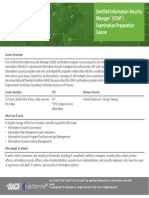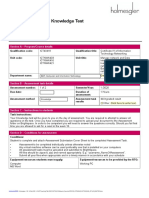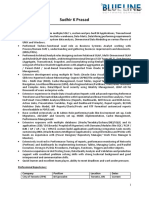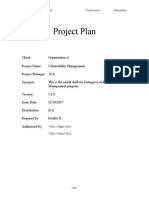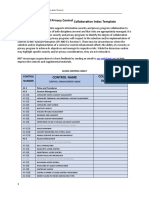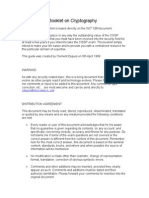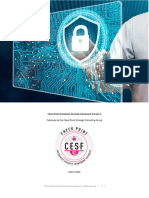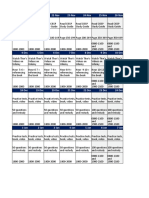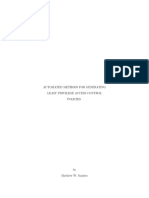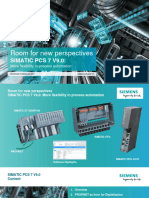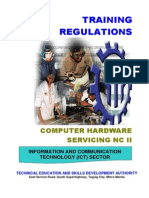0% found this document useful (0 votes)
170 views20 pagesCissp Security Architecture
The document summarizes key concepts in security architecture and design for CISSP certification. It covers system components like CPU, storage, and peripherals. It also discusses operating system architecture, security models, evaluation methods, and certification/accreditation processes. The presentation aims to ensure attendees understand how to securely design and implement IT infrastructure.
Uploaded by
fern12Copyright
© © All Rights Reserved
We take content rights seriously. If you suspect this is your content, claim it here.
Available Formats
Download as PDF, TXT or read online on Scribd
0% found this document useful (0 votes)
170 views20 pagesCissp Security Architecture
The document summarizes key concepts in security architecture and design for CISSP certification. It covers system components like CPU, storage, and peripherals. It also discusses operating system architecture, security models, evaluation methods, and certification/accreditation processes. The presentation aims to ensure attendees understand how to securely design and implement IT infrastructure.
Uploaded by
fern12Copyright
© © All Rights Reserved
We take content rights seriously. If you suspect this is your content, claim it here.
Available Formats
Download as PDF, TXT or read online on Scribd
/ 20






